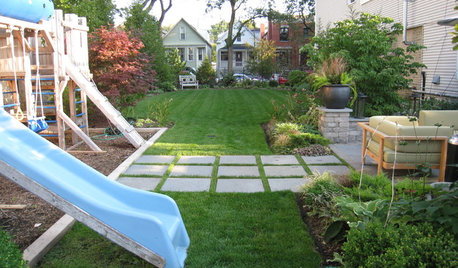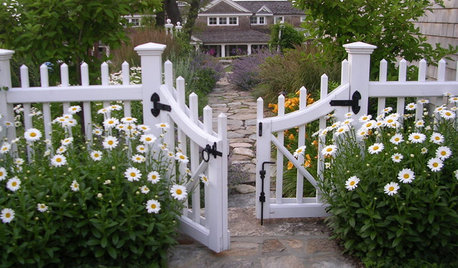neighbor's willow tree (please help)
penaddict
12 years ago
Featured Answer
Sort by:Oldest
Comments (24)
ken_adrian Adrian MI cold Z5
12 years agopenaddict
12 years agoRelated Professionals
Roosevelt Landscape Architects & Landscape Designers · Bethlehem Landscape Contractors · Brookfield Landscape Contractors · Coeur d'Alene Landscape Contractors · Ellensburg Landscape Contractors · Eureka Landscape Contractors · Milford Mill Landscape Contractors · Secaucus Landscape Contractors · Wareham Landscape Contractors · Chicago Ridge Landscape Contractors · Forest Hill Landscape Contractors · Golden Valley Landscape Contractors · Welby Decks, Patios & Outdoor Enclosures · Fort Worth Decks, Patios & Outdoor Enclosures · Rogers Decks, Patios & Outdoor Enclosuresalley_cat_gw_7b
12 years agodenninmi
12 years agowisconsitom
12 years agopenaddict
12 years agoToronado3800 Zone 6 St Louis
12 years agopenaddict
12 years agoToronado3800 Zone 6 St Louis
12 years agowisconsitom
12 years agoBest Backyard Pools
9 years agowisconsitom
9 years agoakamainegrower
9 years agoken_adrian Adrian MI cold Z5
9 years agowisconsitom
9 years agoEmbothrium
9 years agoakamainegrower
9 years agoskyjumper
9 years agoEmbothrium
9 years agoakamainegrower
9 years agoskyjumper
9 years agowisconsitom
9 years agoEmbothrium
9 years ago
Related Stories

PETSHow to Help Your Dog Be a Good Neighbor
Good fences certainly help, but be sure to introduce your pup to the neighbors and check in from time to time
Full Story
GARDENING AND LANDSCAPINGRaise Backyard Chickens Without Ruffling Neighbors' Feathers
Before you build a coop in the backyard, follow these strategies to help keep your neighbors from squawking
Full Story
LIFE6 Tips for Teaching Your Kids to Be Good Neighbors
Everyone wins when your children learn to respect boundaries, get help when they need it and show others they care
Full Story
SIMPLE PLEASURESThe Art of Being Neighborly
Learn the heartfelt gestures that go a long way toward creating a welcoming community
Full Story
LIFEHow to Get Along With the Neighbors — and Live Happier at Home
Everyone wins when neighbors treat one another with kindness, consideration and respect
Full Story
CURB APPEAL7 Ways to Create a Neighborly Front Yard
Foster community spirit by setting up your front porch, paths and yard for social interaction
Full Story
FRONT YARD IDEAS10 Ideas for a Front-Yard Edible Garden Your Neighbors Will Love
Choosing attractive, well-mannered plants and sharing the bounty will go a long way toward keeping the peace
Full Story
COMMUNITYSimple Acts: The Unsung Power of a Good Neighbor
There are many ways to be a good neighbor, and they're often easier than you think
Full Story
LIFEThe Polite House: What’s an Appropriate Gift to Welcome a New Neighbor?
Etiquette expert Lizzie Post suggests the right time and best presents to introduce a new neighbor to your area
Full Story
LIFEThe Polite House: How to Deal With Noisy Neighbors
Before you fly off the handle, stop and think about the situation, and follow these steps to live in harmony
Full Story







Embothrium